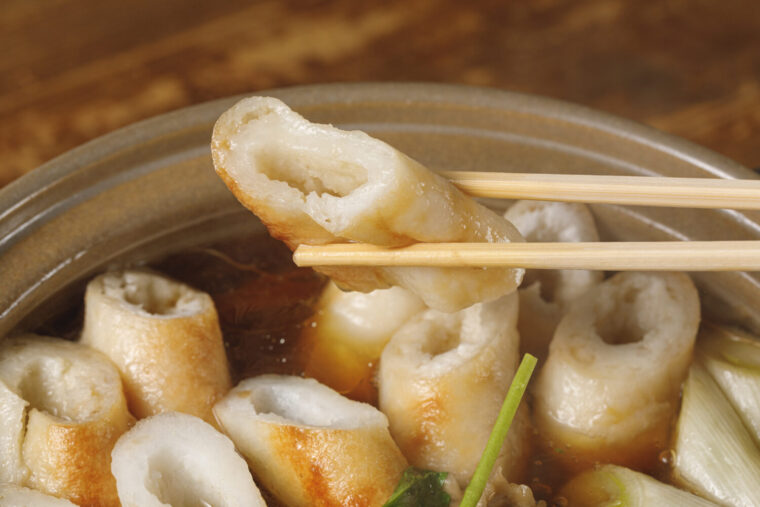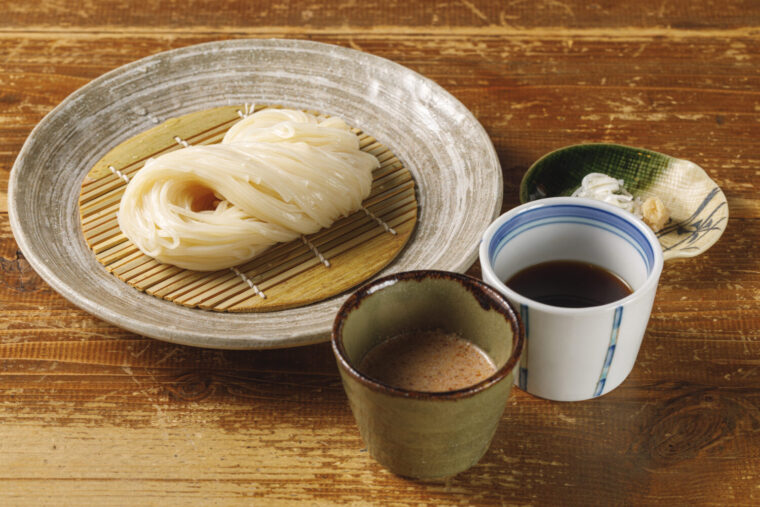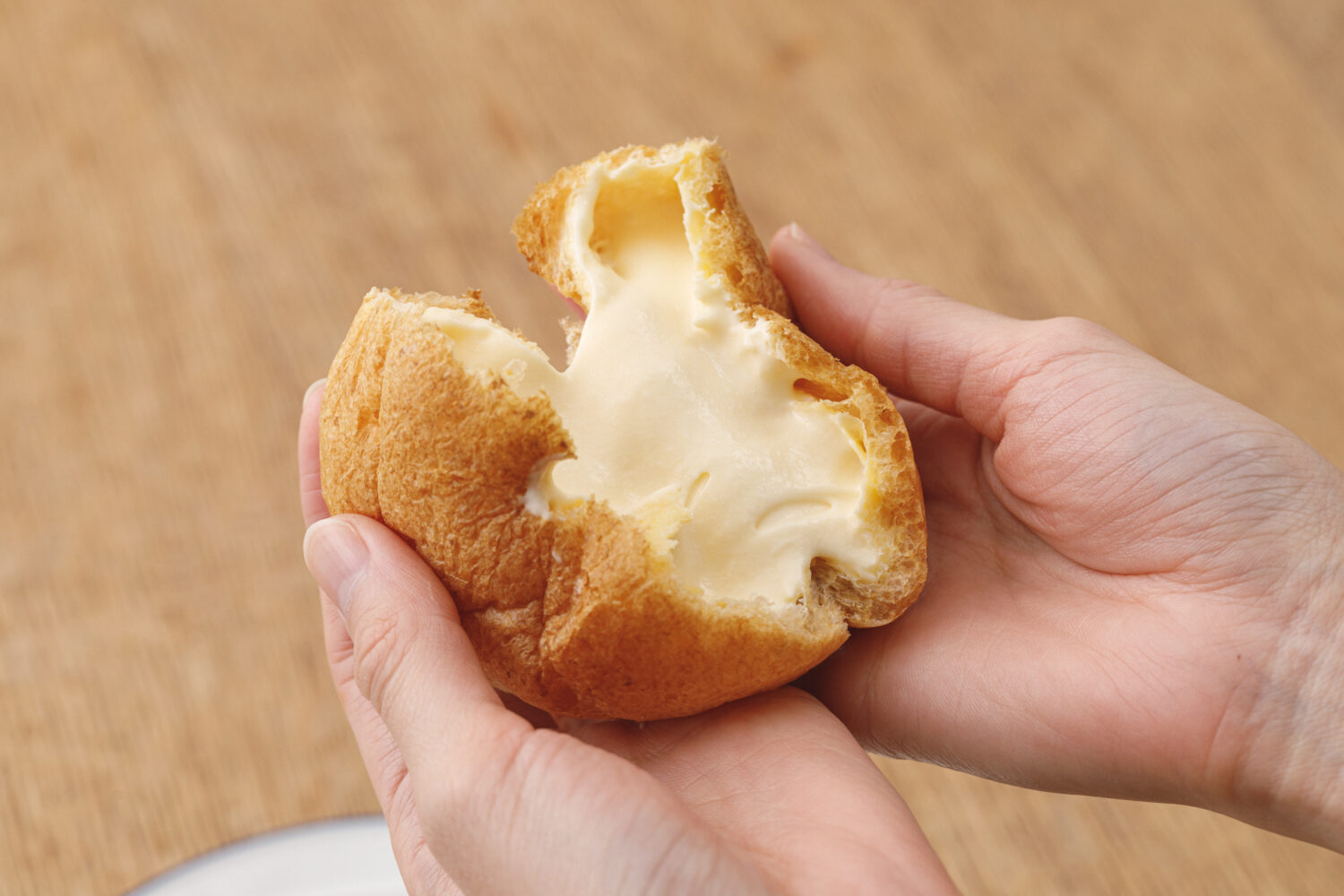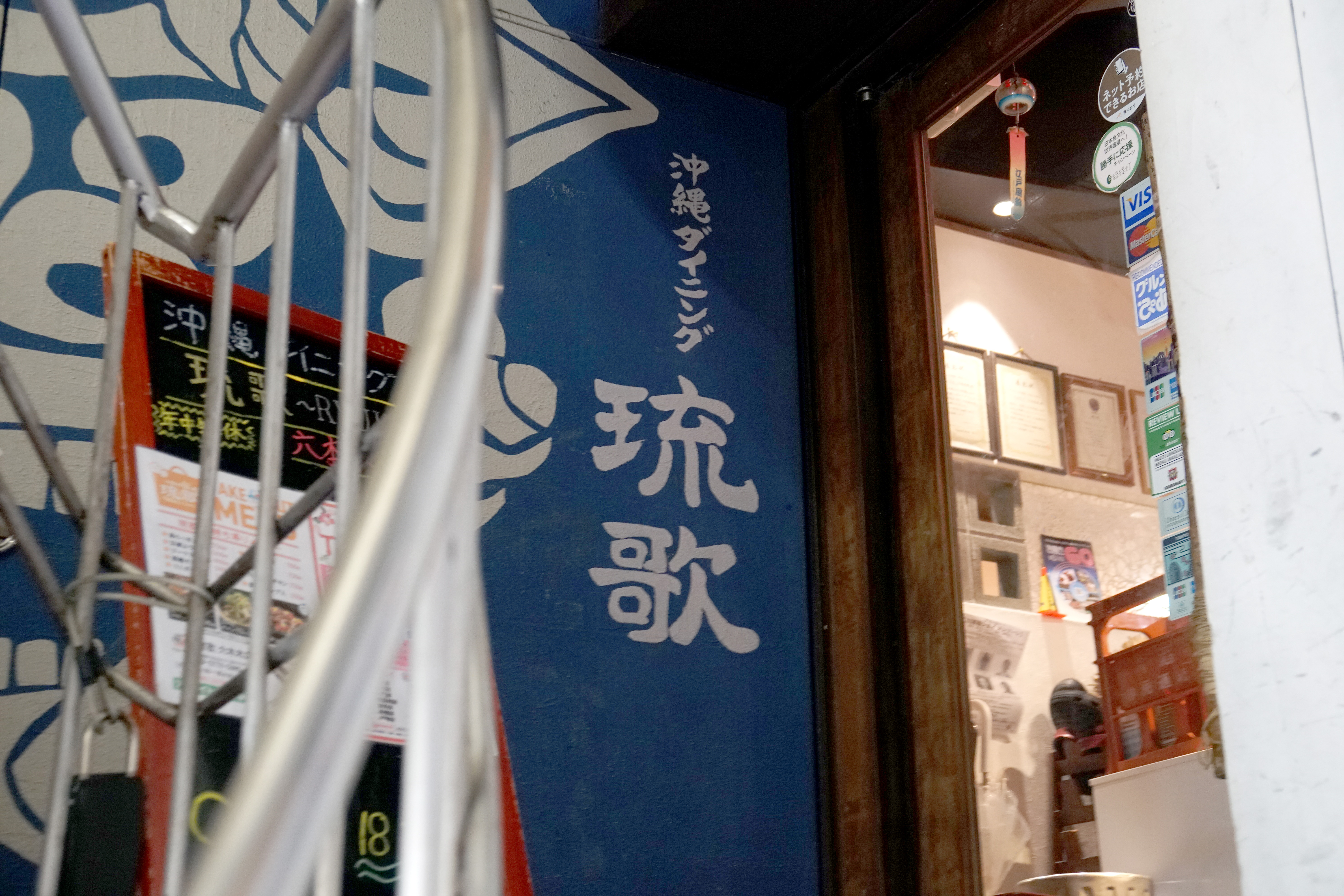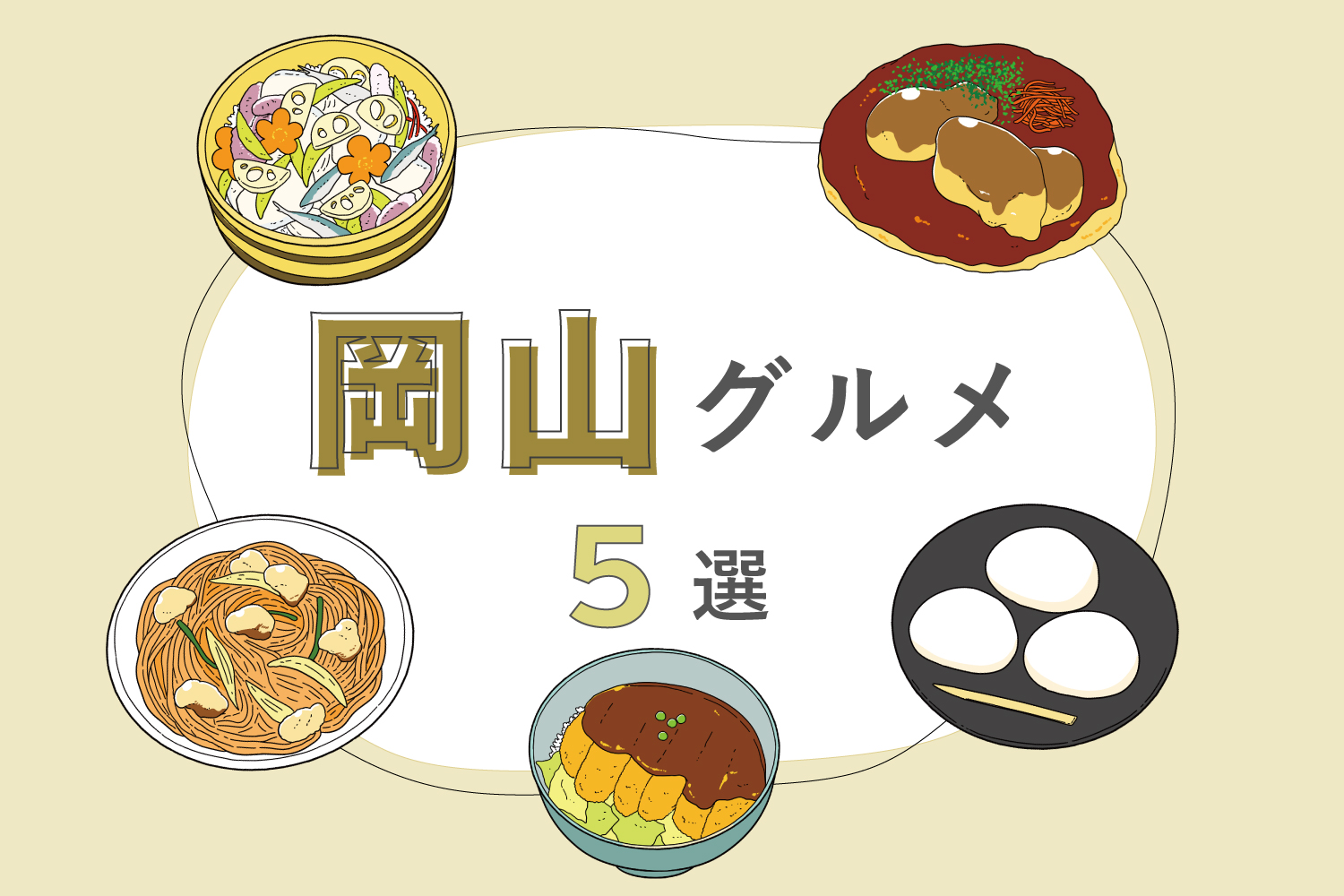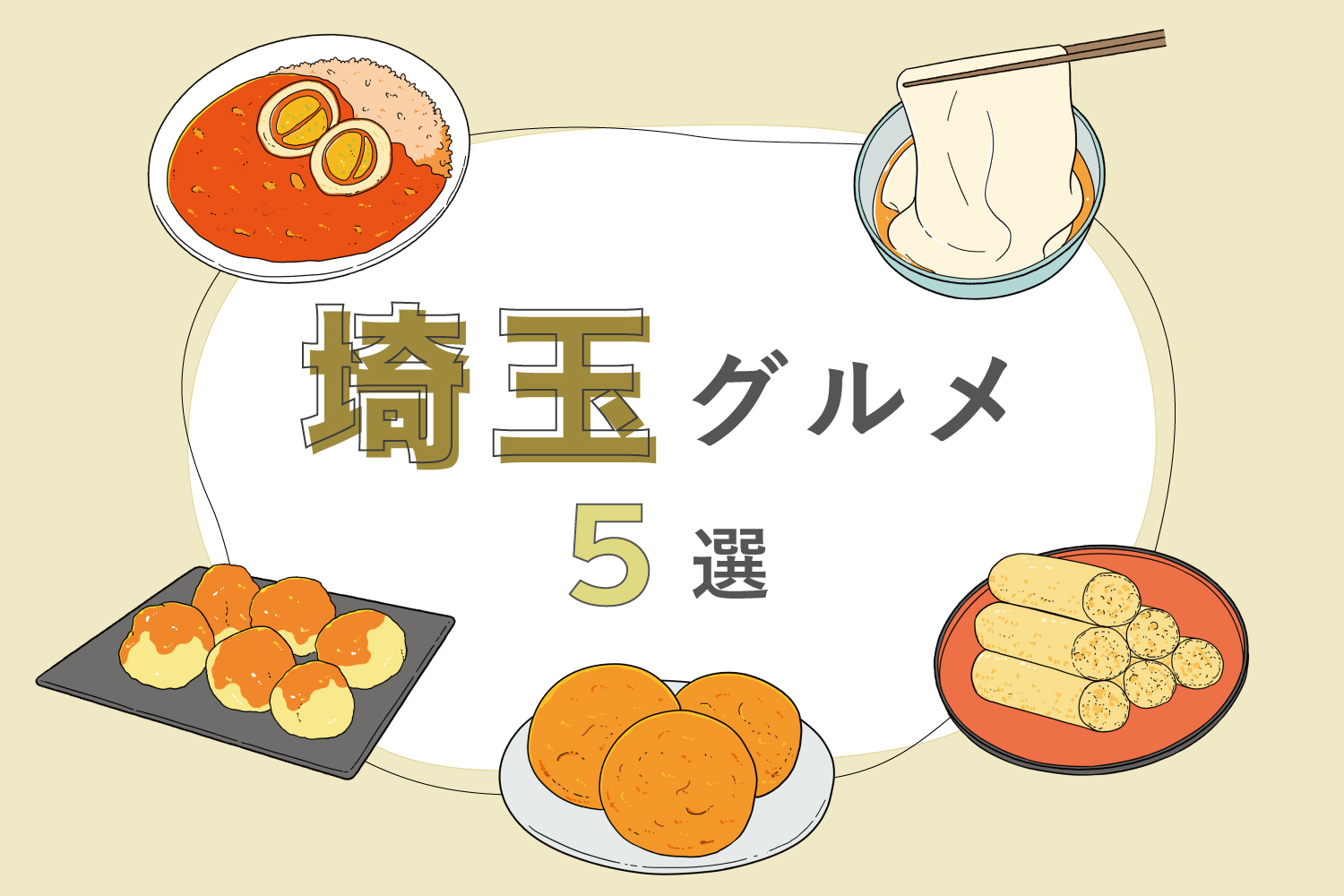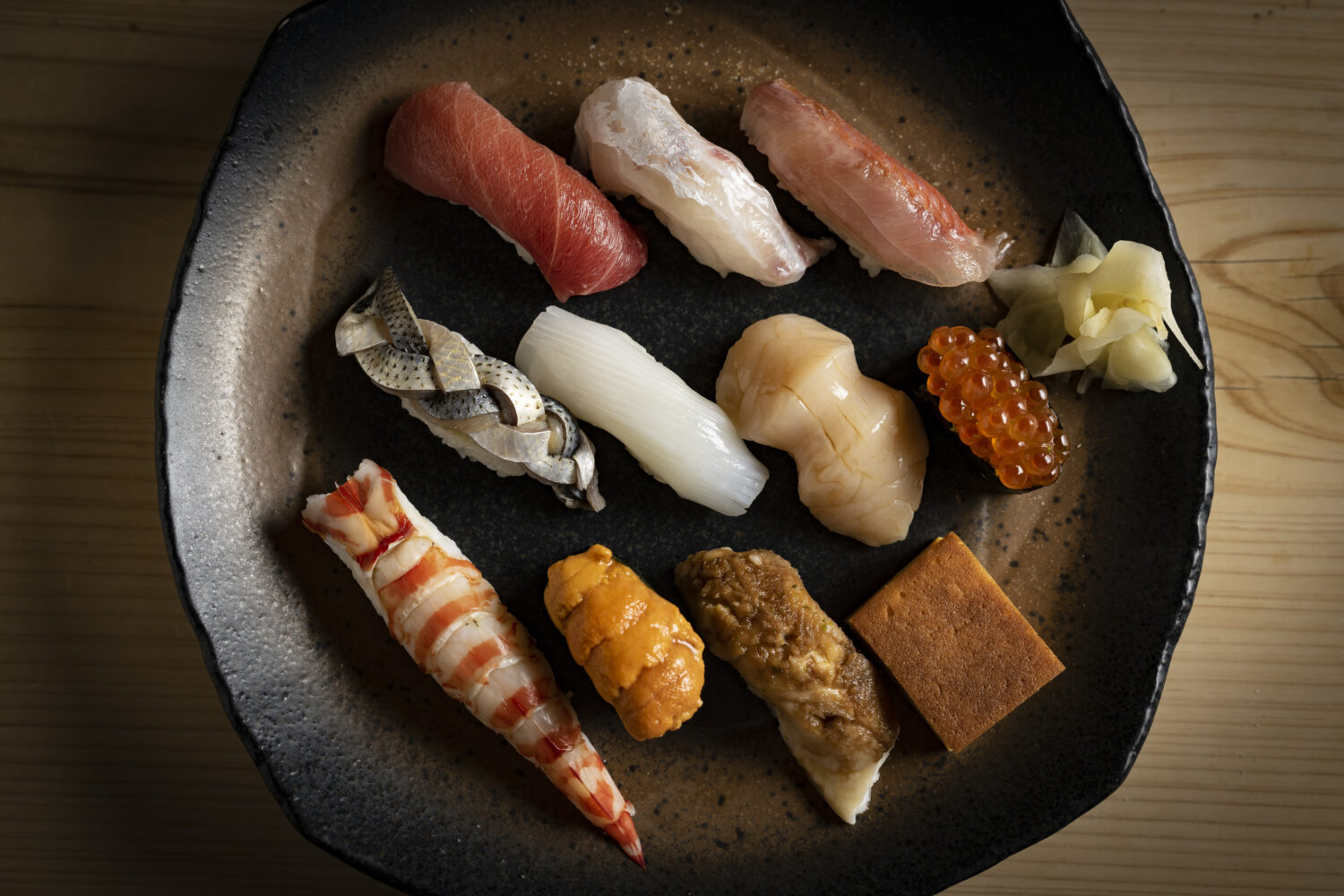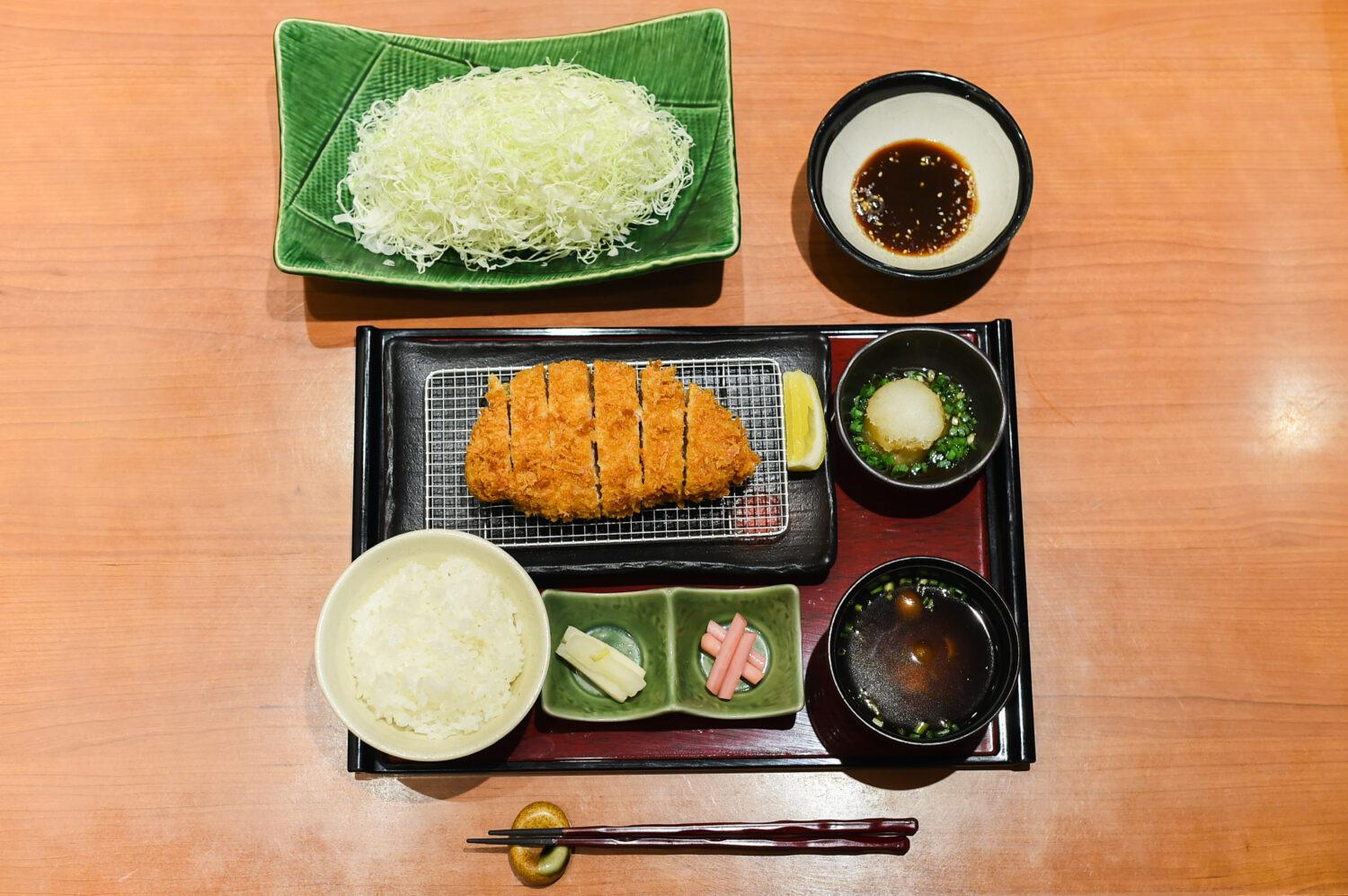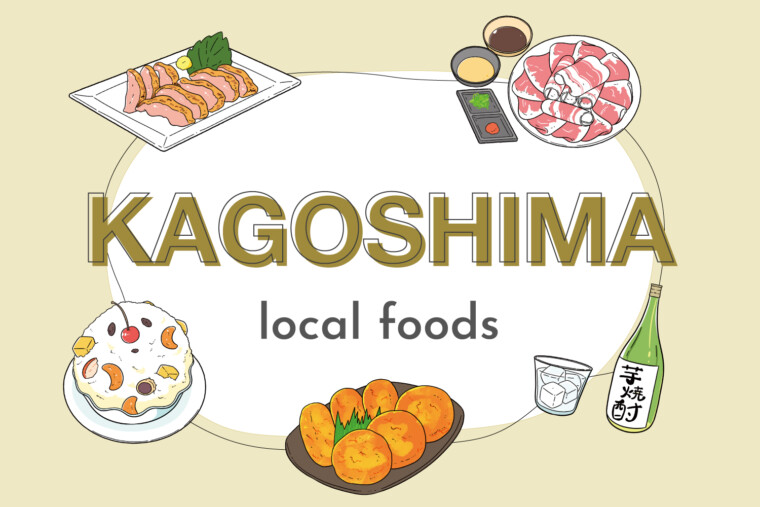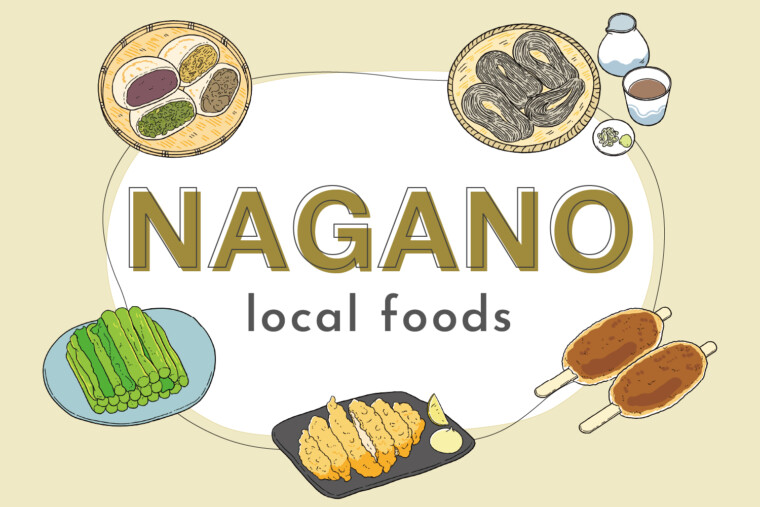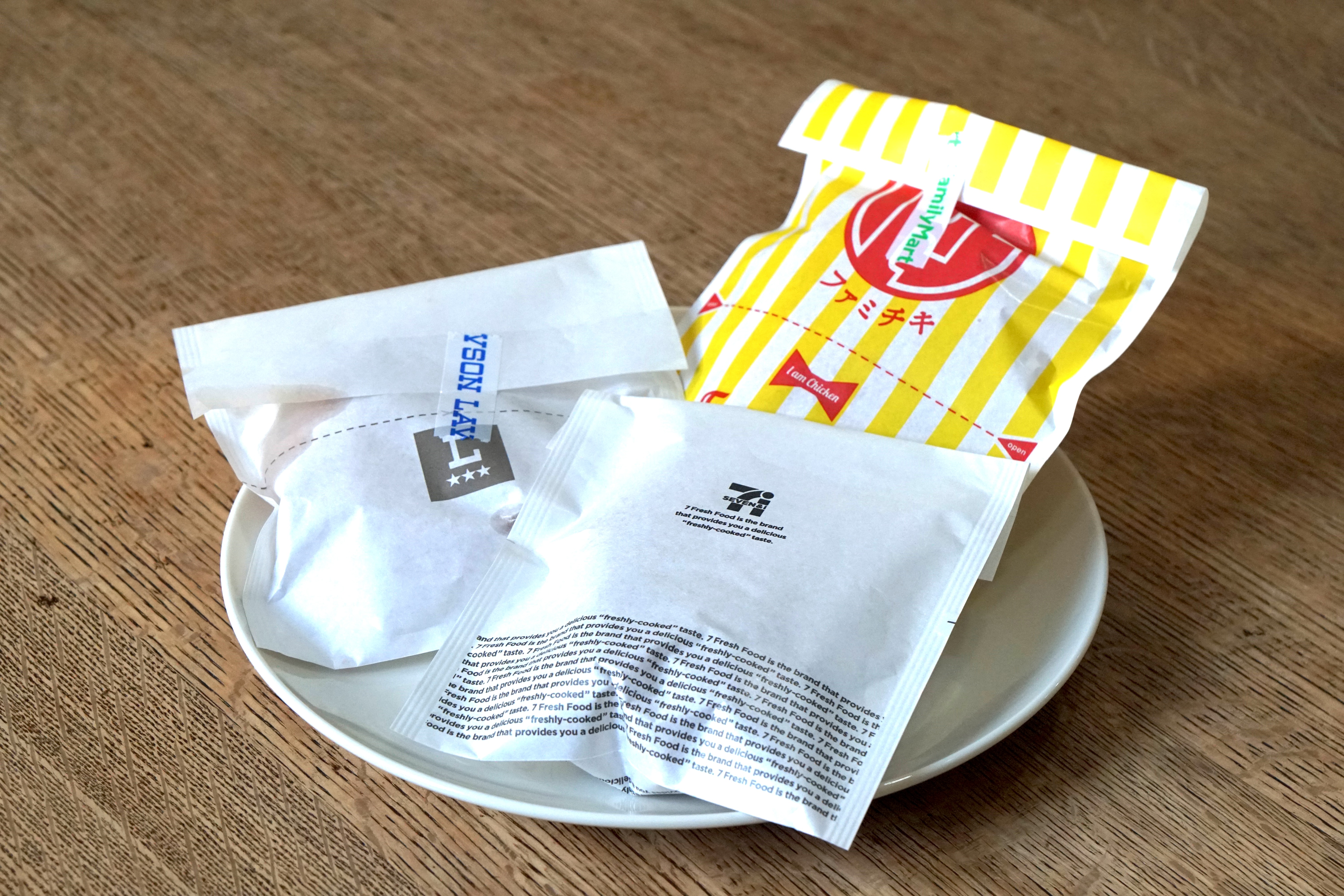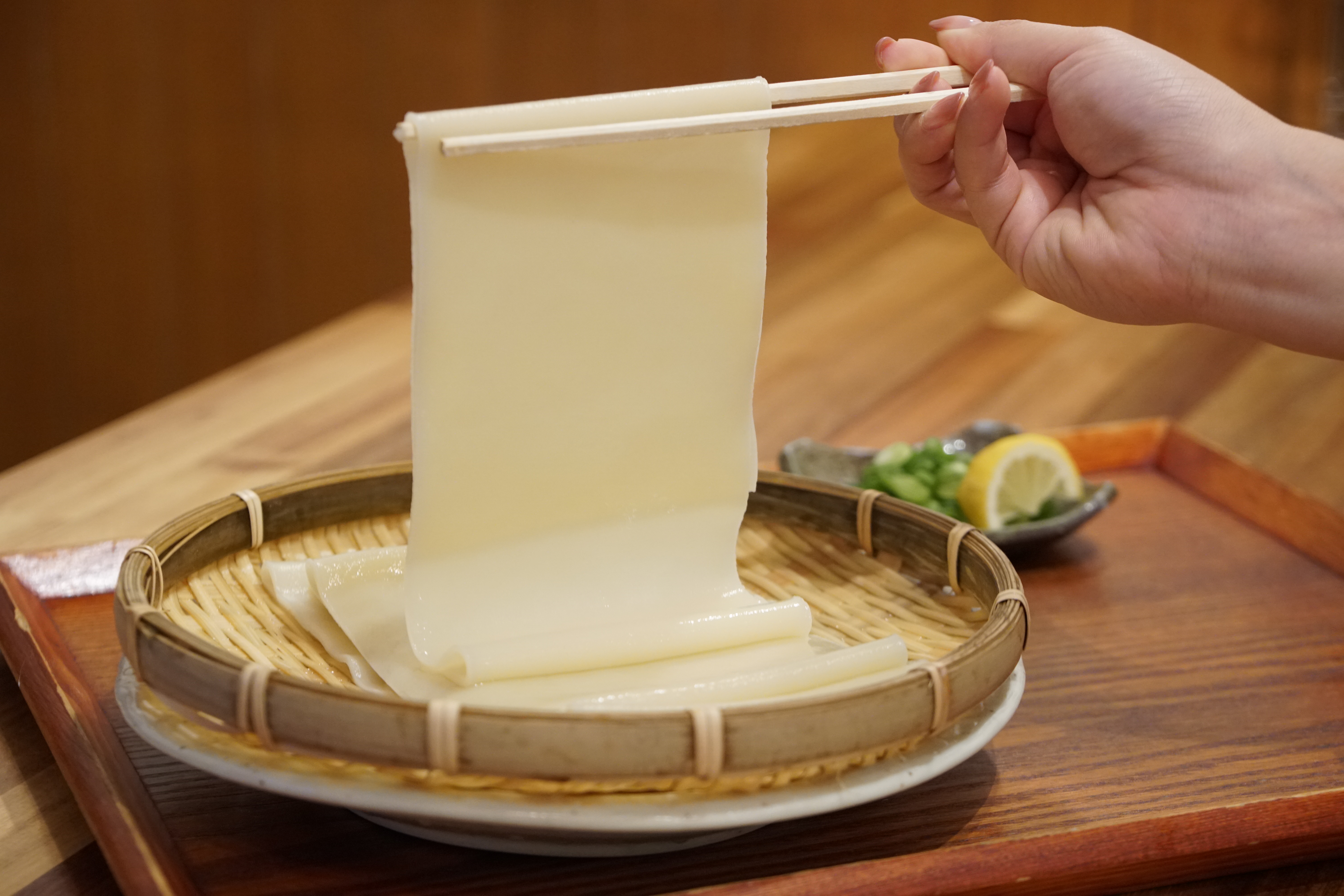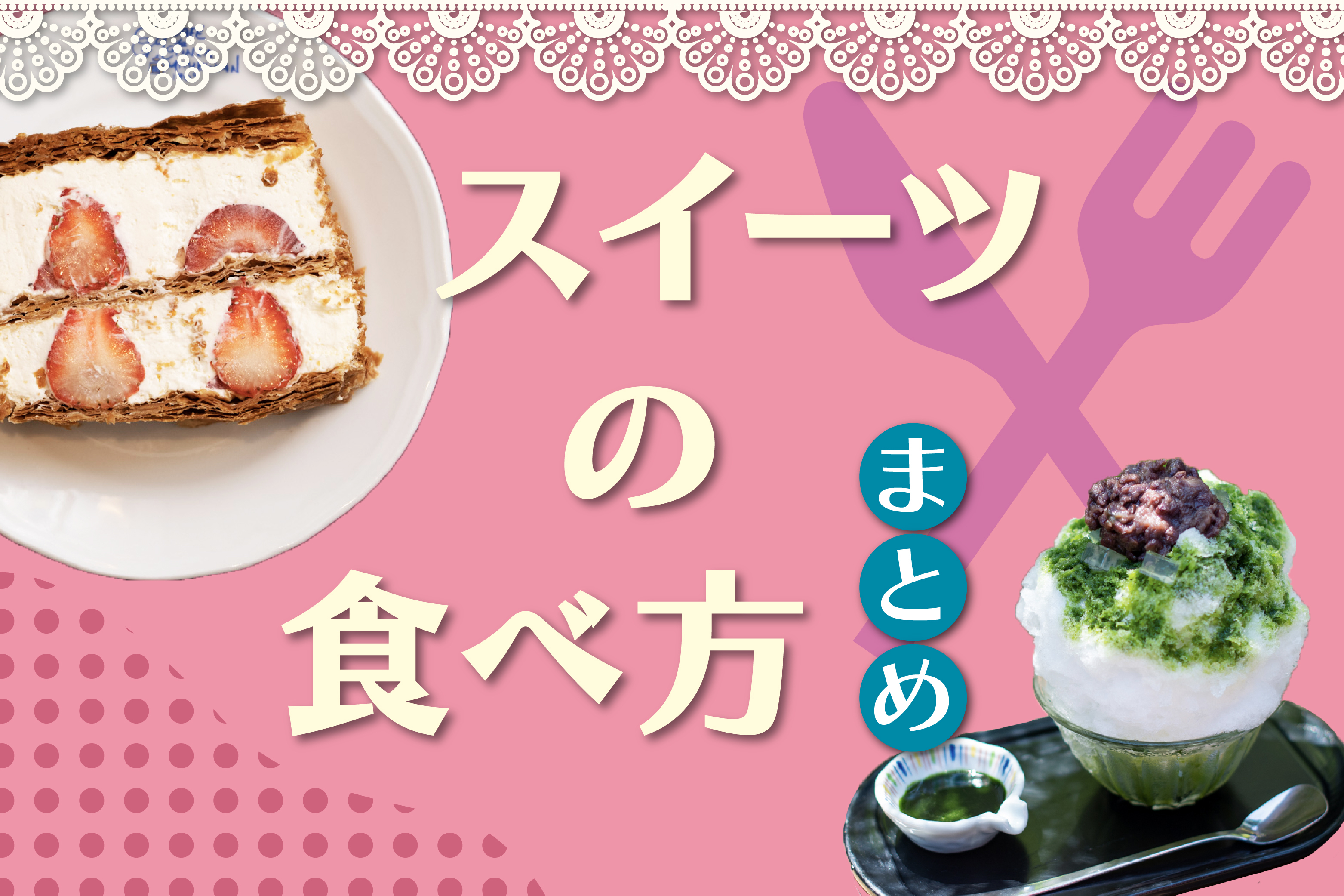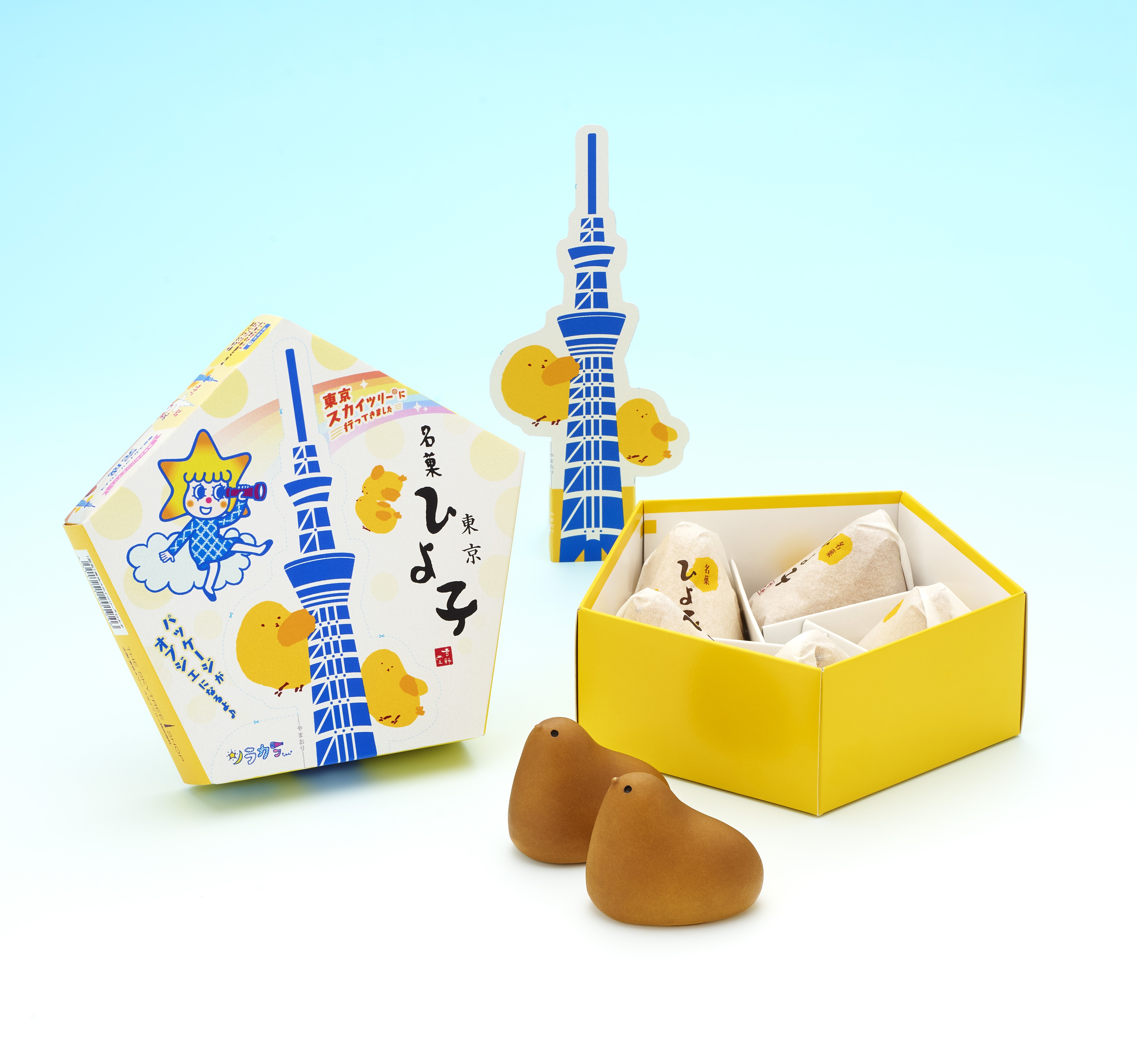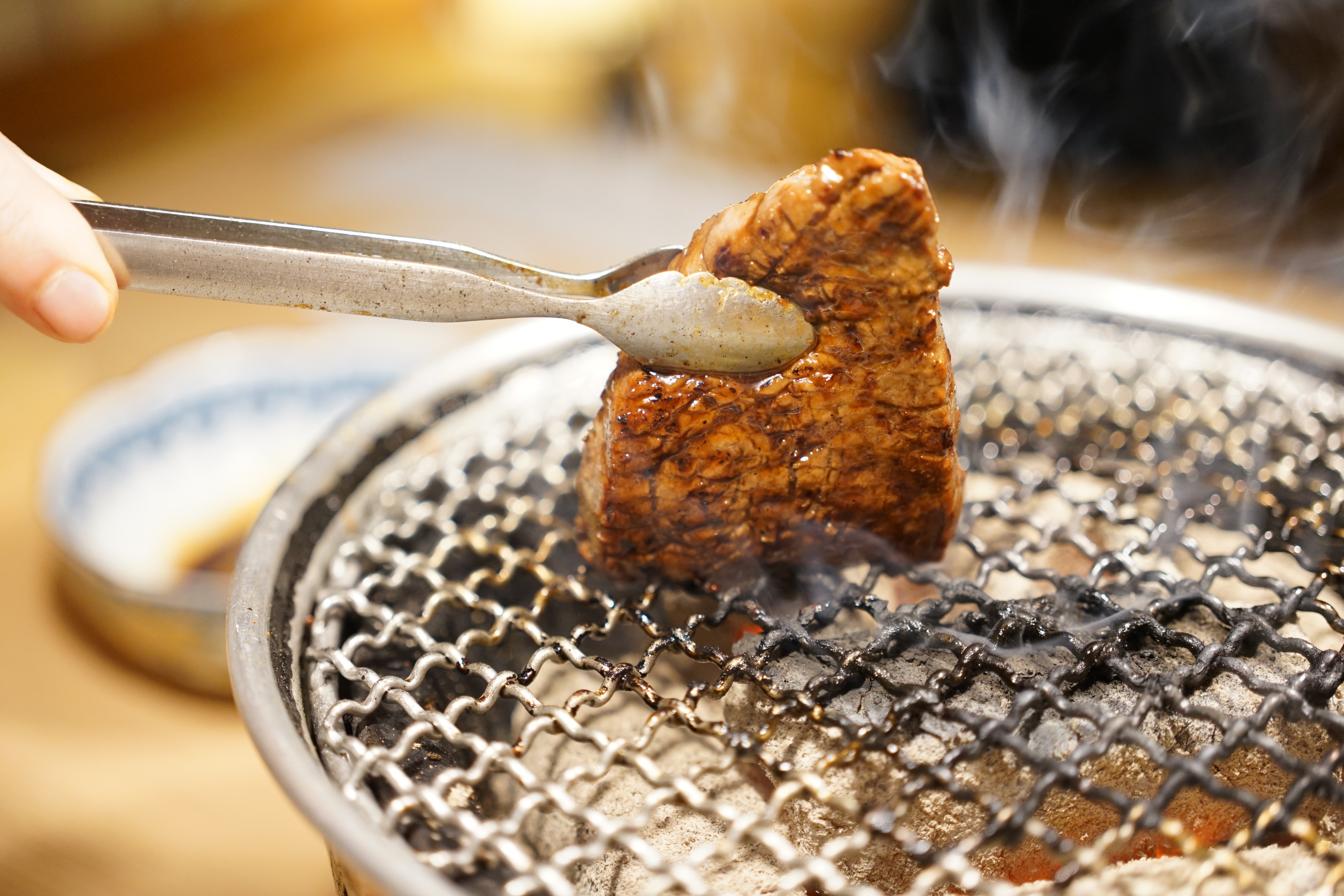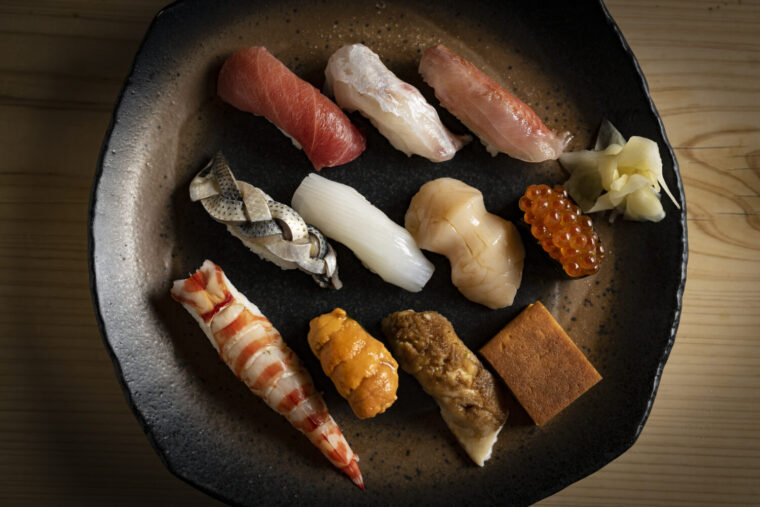
How to eat hata-hata (sailfin sandfish) | Enjoy the winter delicacy of Akita in the Tohoku region
Hata-hata is an old-time favorite fish in Akita Prefecture in the Tohoku region. We asked the staff at AKITA DINING Namahage Ginza to show us how to enjoy the amazing hata-hata!
share:
Table of Contents
What is hata-hata?
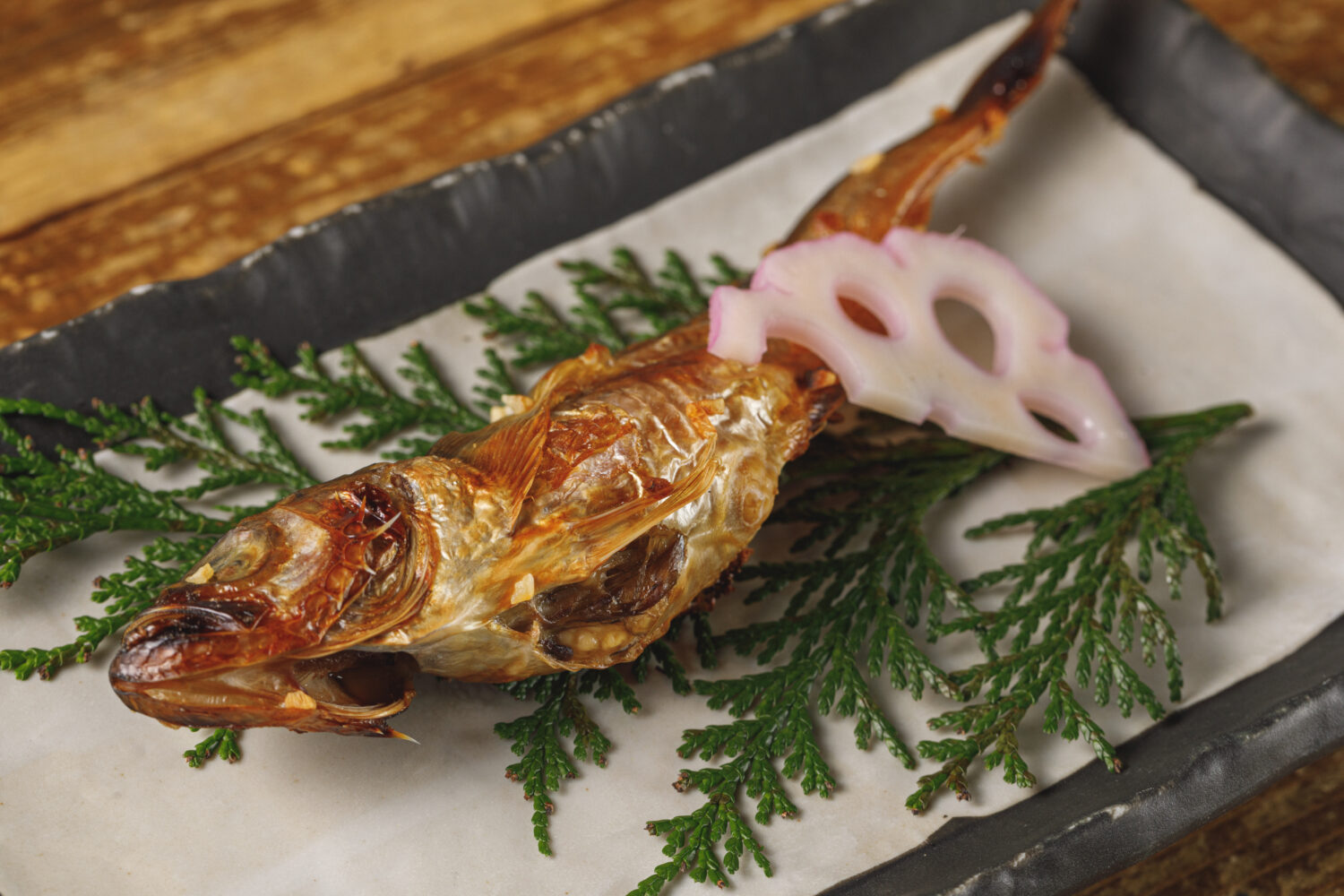
Hata-hata is a small common fish measuring 10 to 15 cm in length. It has a simple, light flavor, but with an elegant sweetness that lets you enjoy it with as much rice and sake as you like!
Let’s take a look at the steps for eating it.
Remove the head
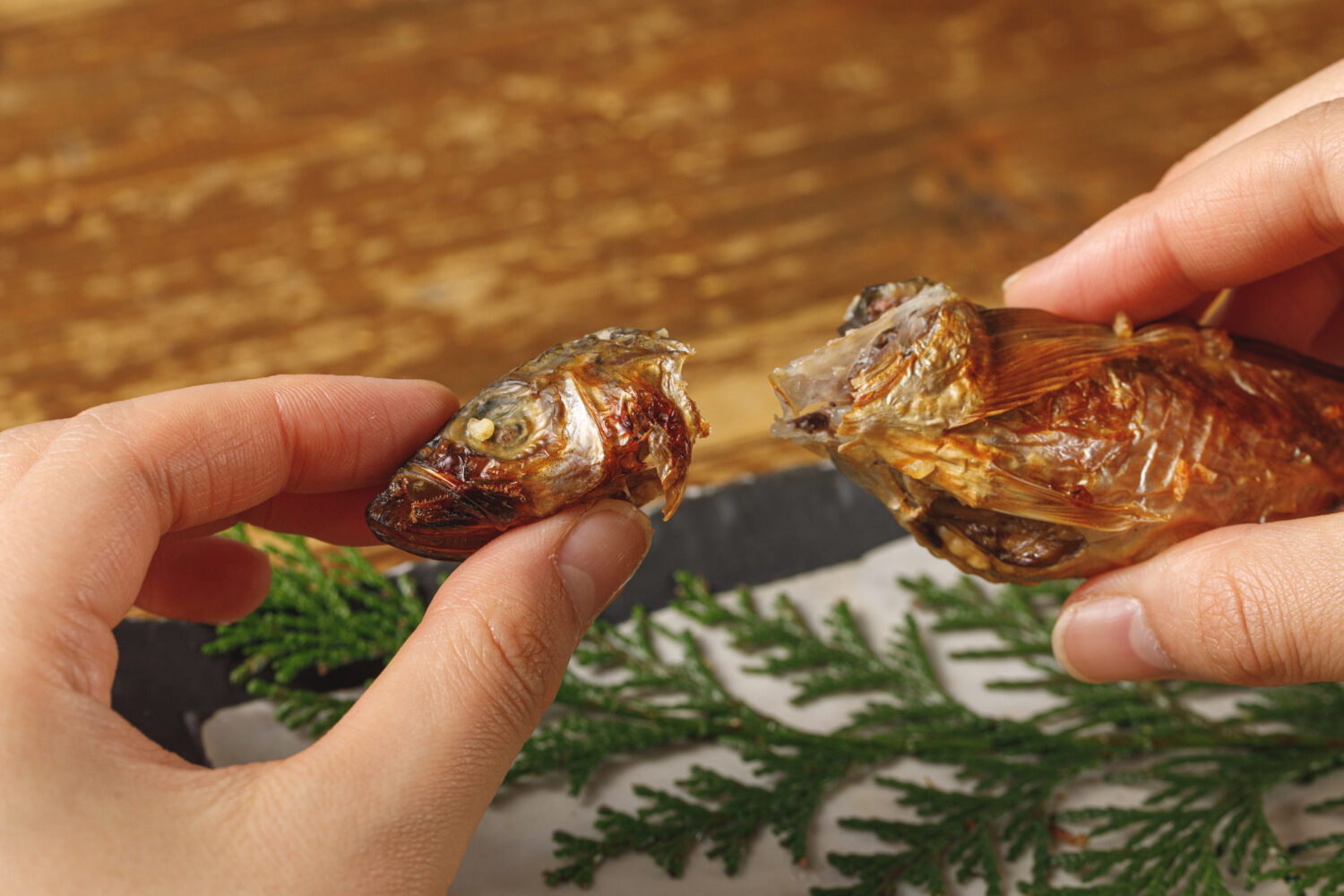
The first thing to do is remove the head. Grasping the head firmly and twisting at the neck will allow you to remove it with ease.
Loosen the meat from the bones
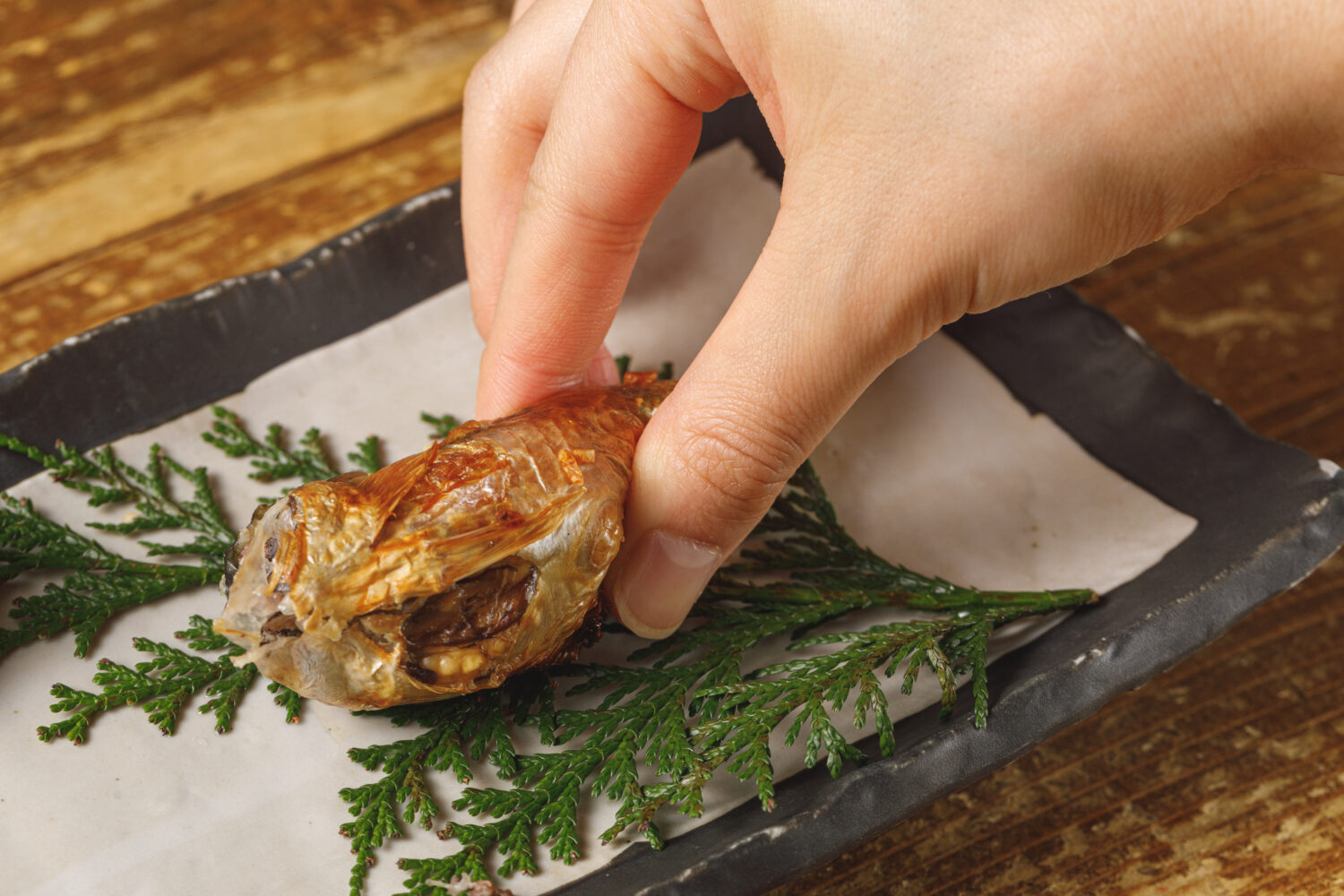
After removing the head, put it back on the plate and loosen the meat from the bones by massaging the fish. Pinch the back and belly of the hata-hata. Squeeze firmly on these parts to make it easier to remove the meat from bones. The key is to be careful not to overly mash the meat.
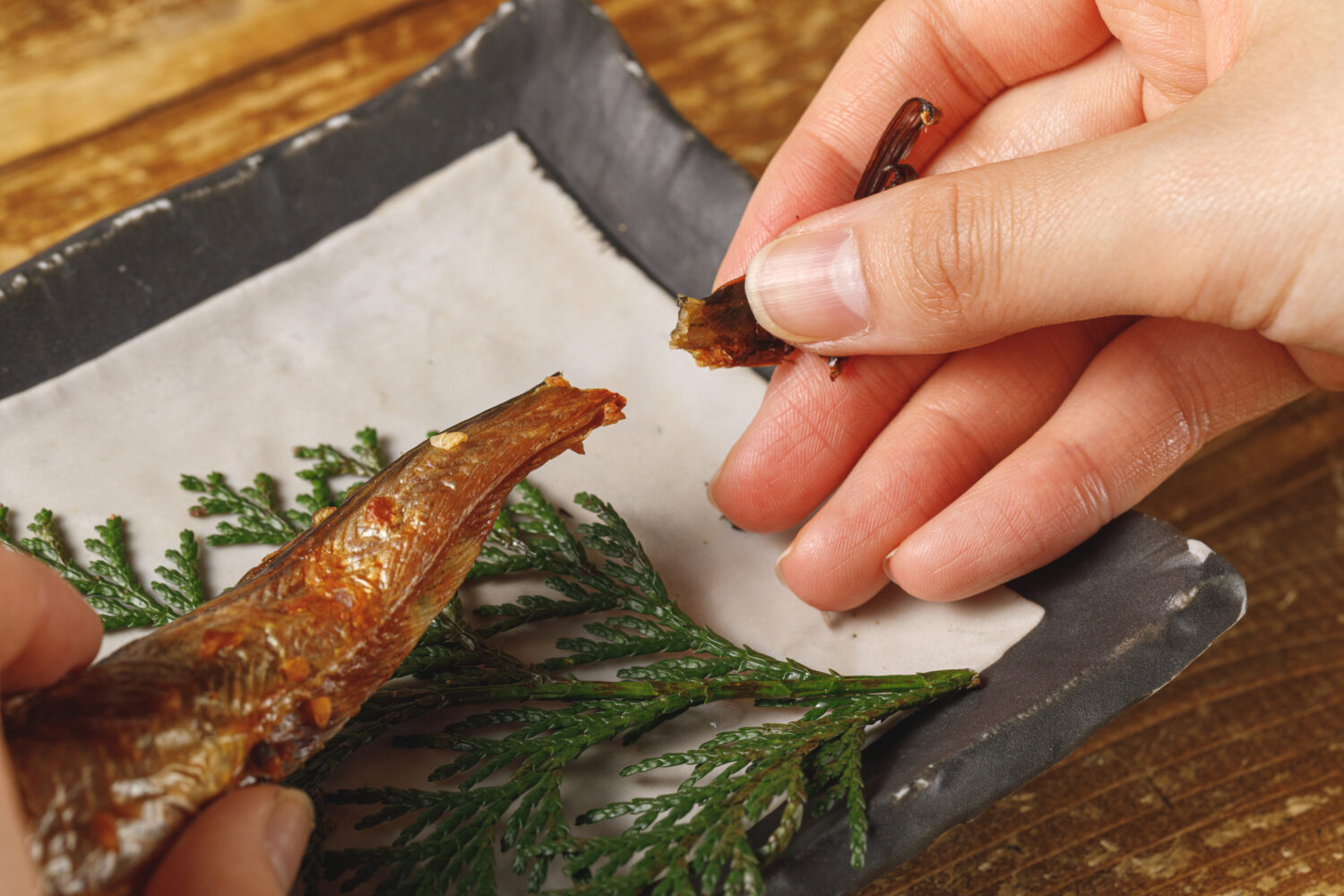
Once the meat is loosened from the bones, remove the tail. In the same manner as the head, the tail can be easily removed by grasping and twisting it.
Remove the backbone
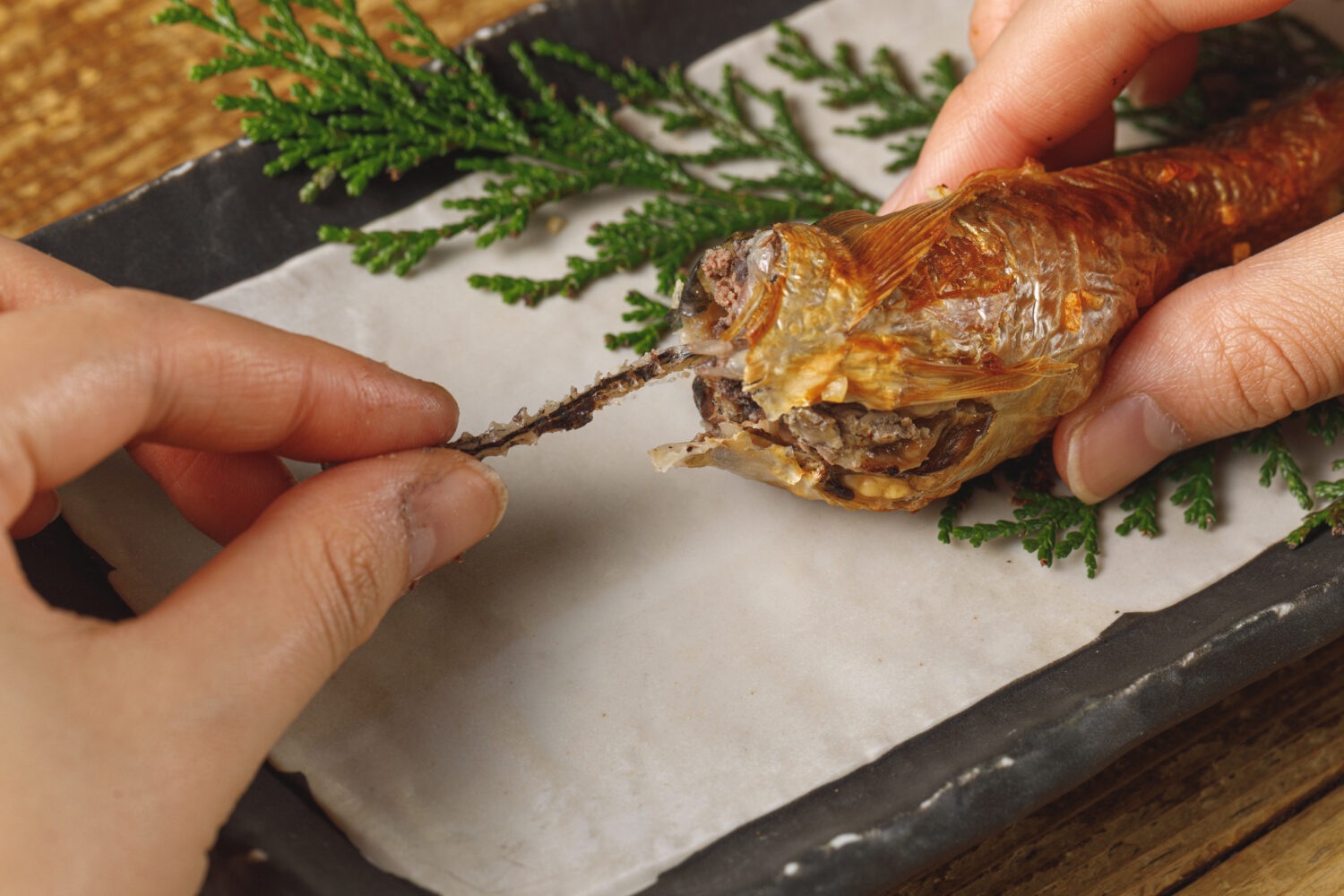
The backbone of the hata-hata can be easily removed without getting stuck in the process after loosening the meat from the bones. Just grab the backbone from the head and pull gently!
Separate the buriko (roe) and the meat
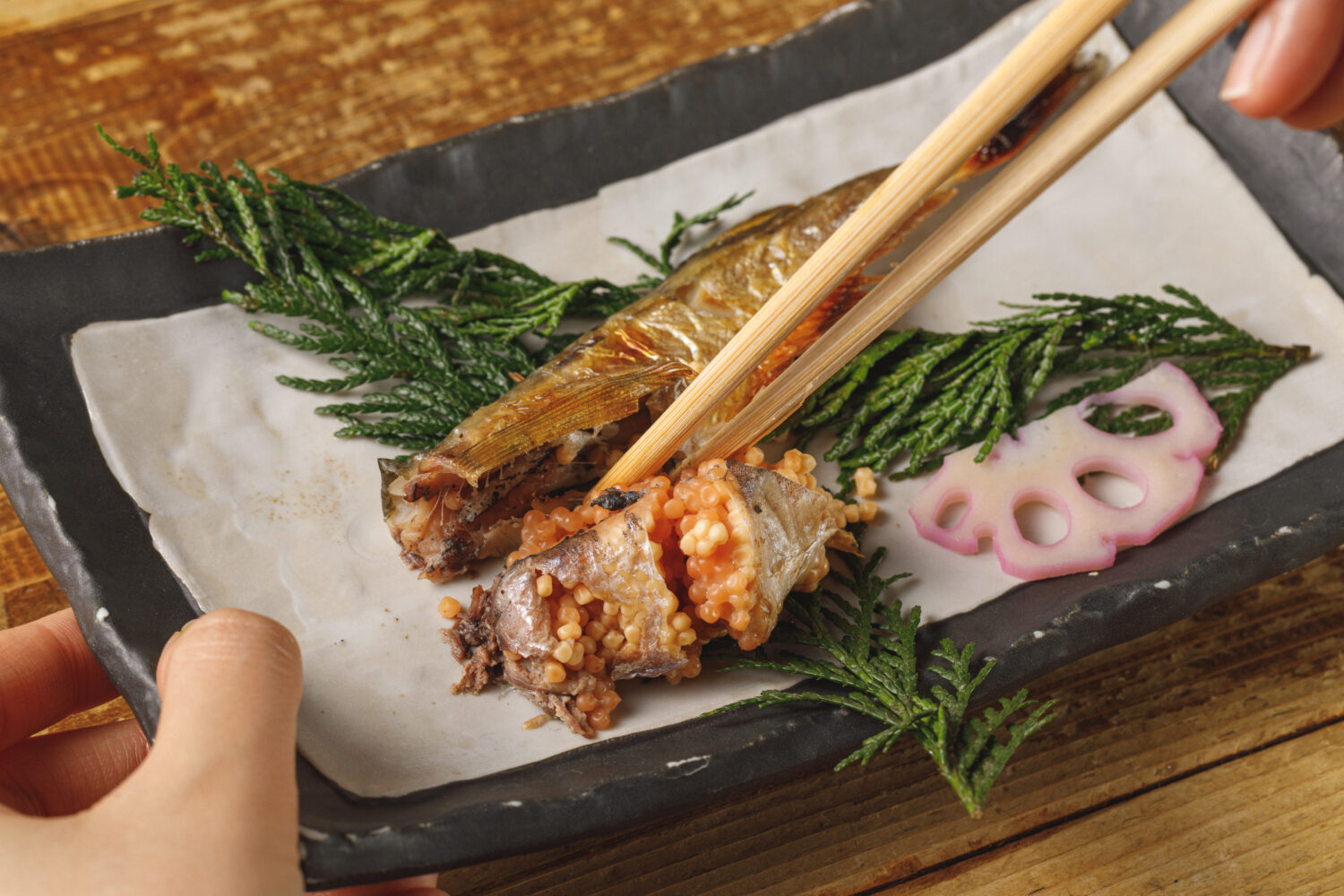
The hata-hata roe also has an exquisite flavor! Hata-hata roe is called buriko. Separate the meat from the buriko, as it becomes difficult to eat when they are mixed.
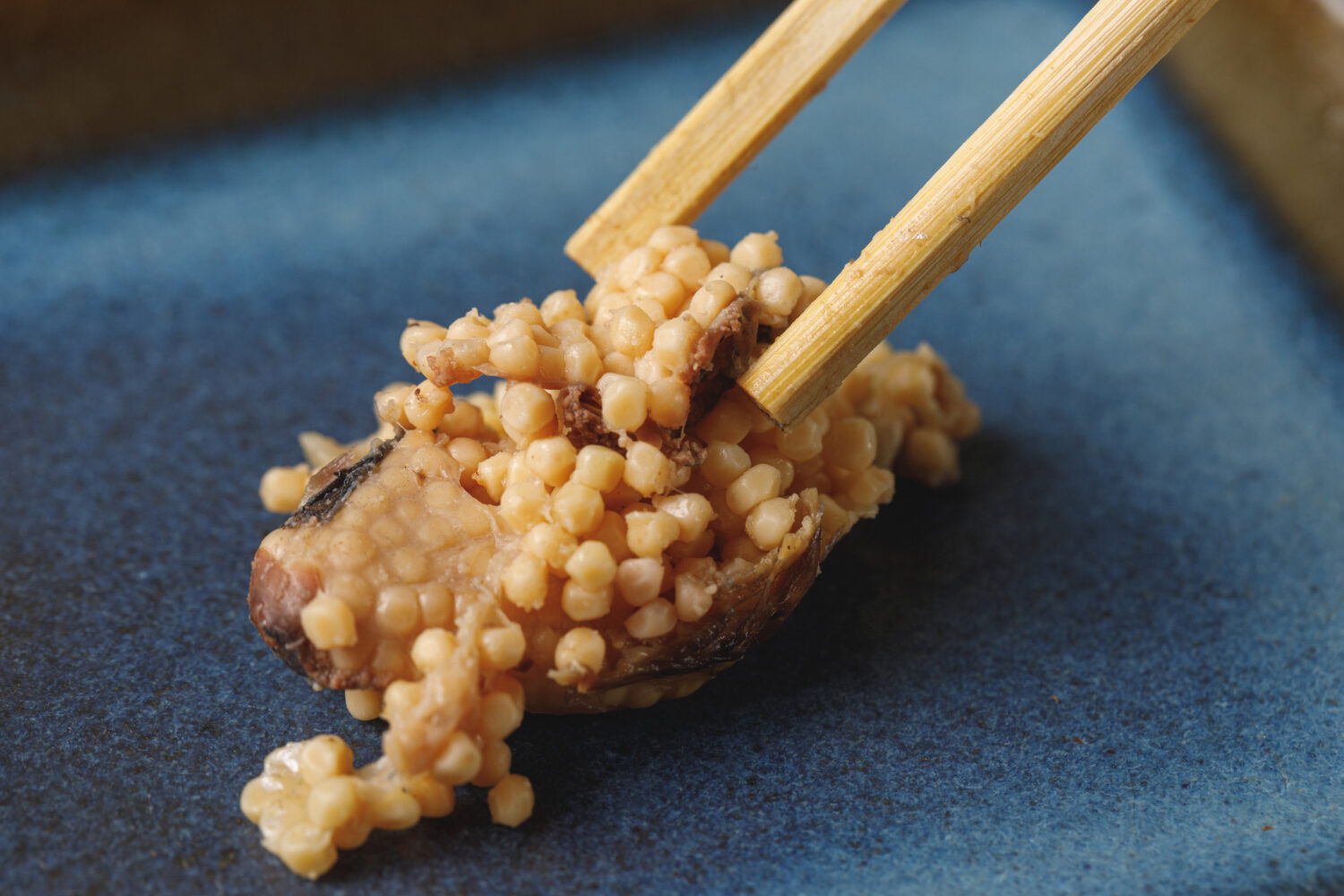
Most buriko are covered with a thin membrane. Cutting the middle of the belly and back with chopsticks along the bulge allows the buriko to pop out and be separated with ease.
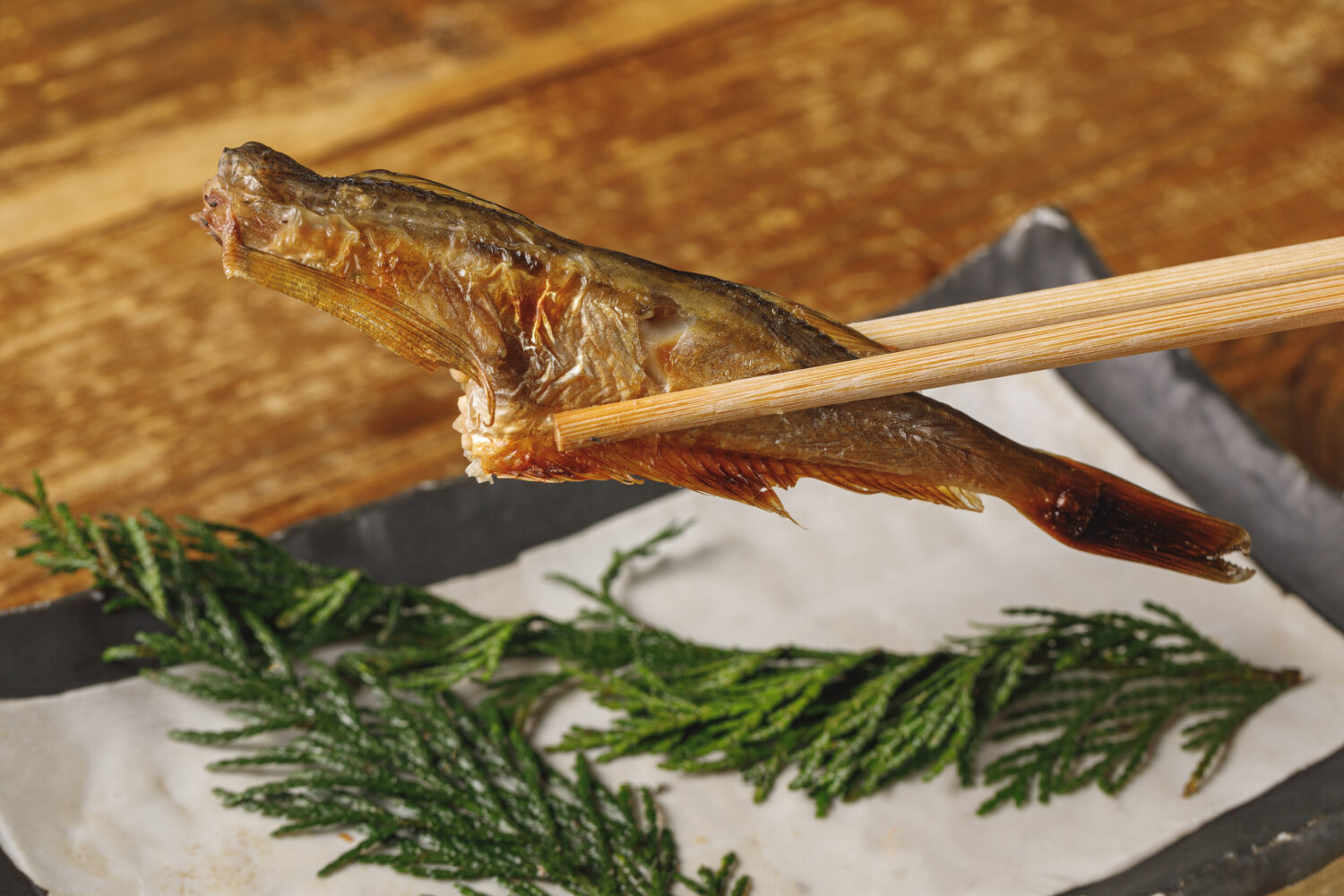
The meat can be eaten while breaking it up with chopsticks, or just as it is.

We were able to enjoy the full range of the hata-hata‘s charms and we hope you can as well!
Enjoy seasonal ingredients directly shipped from Akita as well as local cuisine and sake. The impressive interior of the restaurant is actually a completely reconstructed old Japanese farmhouse which was relocated from Akita. You can also enjoy a Namahage performance, which is a UNESCO Intangible Cultural Heritage.
*The information is based on the time of reporting or creation, and may differ from the current situation.
share:










